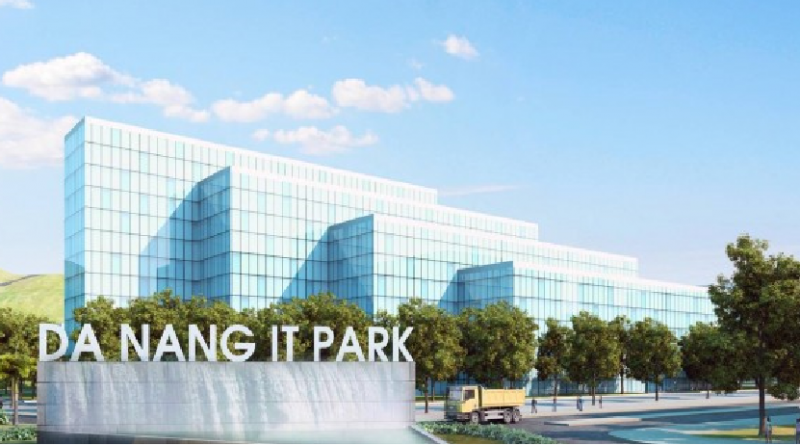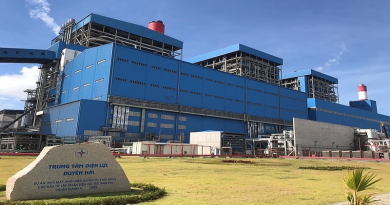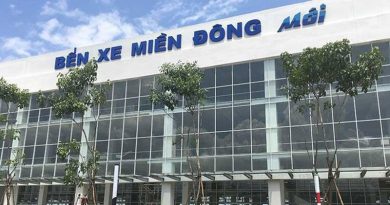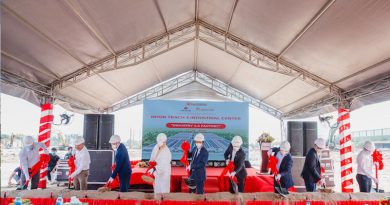Fate of Danang IT Park still hangs on threads
The Danang authorities hesitate to transfer Danang IT Park to Trung Nam Land over doubts of the developer’s financial capacity.
The $278-million Danang IT Park, originally invested by Rocky Lai & Associates from the US and KDDI from Japan, is lying uncompleted three years after construction started. Following the withdrawal of the original investors, Trung Nam Land JSC (Trung Nam) and its partner Trung Nam Construction & Engineering Corporation (Trung Nam E&C) have stepped up and expressed interest in taking over.
However, the project has yet to be transferred to the new developers. According to Tran Van Mien, deputy chairman of the Danang People’s Committee, there are serious doubts about the developers’ capacity to complete the park.
At the March 3 meeting with the People’s Committee and government agencies of Danang, Trung Nam said it would pay off all debts burdening Danang Information Technology Park Development Co., Ltd. (DITP), which was established by the old investors to develop the project. The Danang Tax Department said that Trung Nam would have to pay VND222.4 billion ($10 million) in land lease fees, to which Trung Nam gallantly agreed. The only condition Trung Nam had was that the city agrees in principle to make it the new owner of DITP.
As of now, the People’s Committee has not yet signed any agreements with DITP and Trung Nam in order to either transfer the project so the new developers can pay the debts and continue the construction works or revoke if DITP and Trung Nam do not keep their commitments to the committee.
Still, at the site, Trung Nam is already deploying equipment. It has put up some components and changed the name of the developer on the project sign.
VIR is unable to contact Bui Xuan Dinh, general director of Trung Nam Land.
Danang IT Park was designed tofollow the model of the US Silicon Valley and Hshinchu Science Park in Taiwan. It was expected to lure foreign scientists, engineers, as well as IT and hi-tech specialists to Danang, and encourage training at universities.
The IT Park was designed with six functional areas: a production area, an area for research and development and training-consulting, an office area, an area for technical infrastructure, an area for product exhibition, and one for healthcare services, supermarkets, and a school.
Source: VIR










